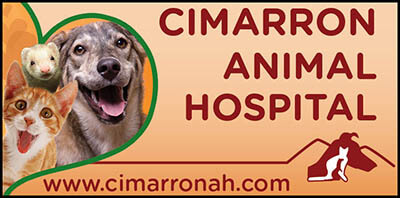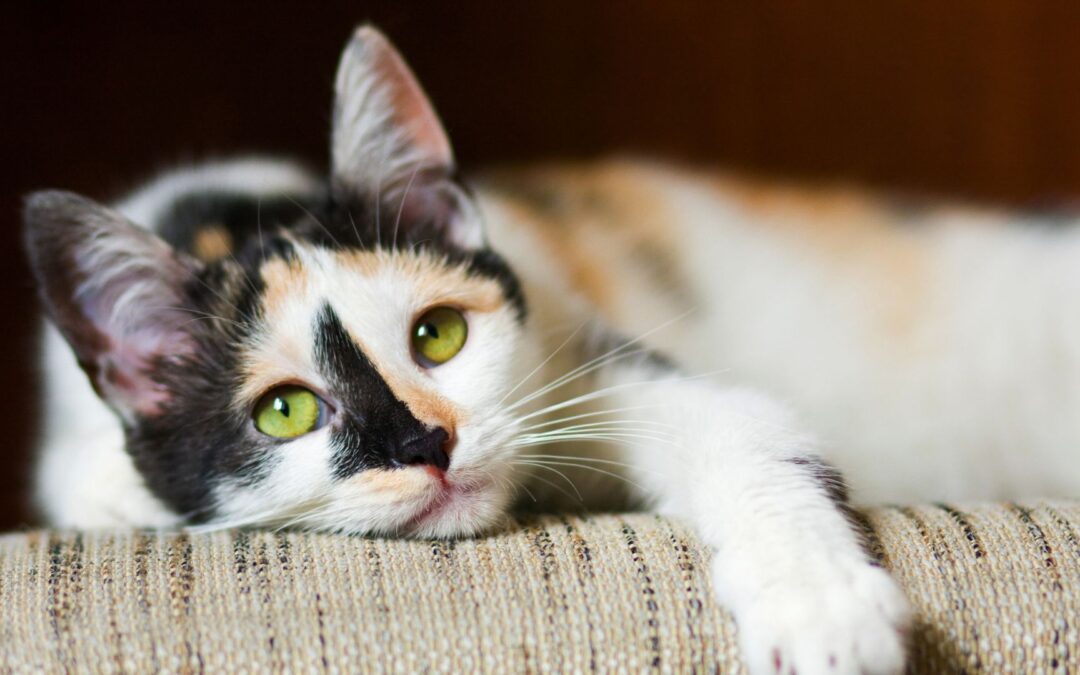Professional Veterinary Dental Treatments are a lot different from the “teeth cleaning” or “dental scaling” provided by groomers, kennels and other lay animal care givers without the benefit of general anesthesia.
Of course, The professional dental cleaning done by veterinarians is done under anesthesia so that the surfaces of the teeth under the gums, where painful periodontal disease starts, can be thoroughly cleaned then polished . Since pets are anesthetized for the deep cleaning process, your vet takes advantage by doing everything possible to restore oral health. Your veterinarian can further evaluate underlying bone structure with radiographs, instill periodontal antibiotics around infected, but salvageable, teeth and perform extractions or oral surgery if needed. It’s like you going to your dental hygienist, dentist, oral surgeon, and periodontist all at once– without voluntary cooperation! (Think how much that would cost if you did it all on one day!)
anesthetized for the deep cleaning process, your vet takes advantage by doing everything possible to restore oral health. Your veterinarian can further evaluate underlying bone structure with radiographs, instill periodontal antibiotics around infected, but salvageable, teeth and perform extractions or oral surgery if needed. It’s like you going to your dental hygienist, dentist, oral surgeon, and periodontist all at once– without voluntary cooperation! (Think how much that would cost if you did it all on one day!)
The best that can be done in an awake pet is a superficial scaling, removing the large chunks of calcified plaque (“claculus”). The best behaved pets will tolerate a little more involved cleaning before tiring of the process. There is certainly a benefit to this process, whether done by your groomer or veterinary assistant. Removing the larger accumulations of calculus provides less area for bacteria to collect and certainly reduces the amount of smelly bacteria in a pet’s mouth. This procedure may even extend the time between when professional veterinary dental treatments are needed.
But don’ t get lulled into a false sense of security, just because you don’t see a lot of staining and plaque on the teeth. If the gums are red or have lost their fine “knife edge” margin because of swelling, a professional cleaning should still be done. Often, pet owners are amazed to discover that their pet has loose teeth (from periodontal disease) when there is no visible plaque on the teeth and gums actually look relatively healthy! Certainly, any indication of loose teeth with or without gum disease warrants a thorough evaluation and treatment via a professional veteirnary dental treatment!
t get lulled into a false sense of security, just because you don’t see a lot of staining and plaque on the teeth. If the gums are red or have lost their fine “knife edge” margin because of swelling, a professional cleaning should still be done. Often, pet owners are amazed to discover that their pet has loose teeth (from periodontal disease) when there is no visible plaque on the teeth and gums actually look relatively healthy! Certainly, any indication of loose teeth with or without gum disease warrants a thorough evaluation and treatment via a professional veteirnary dental treatment!
-
Have your family vet evaluate your pet’s teeth every 6 month (with the rest of his comprehensive physical).
- Brush your pet’s teeth daily. How to Brush Your Dog’s Teeth How To Brush Your Cat’s Teeth
- Ask your vet whether she will perform a superficial scaling if a professional treatment is not yet necessary.
- Have a professional cleaning done upon recommendation by your veterinarian. For some pets, that may be only every few years, other pets may need professional help once a year. Your vet will you give you the best advice to balance all the pros and cons of a professional treatment.
- Watch this Video from the Veterinary News Network




